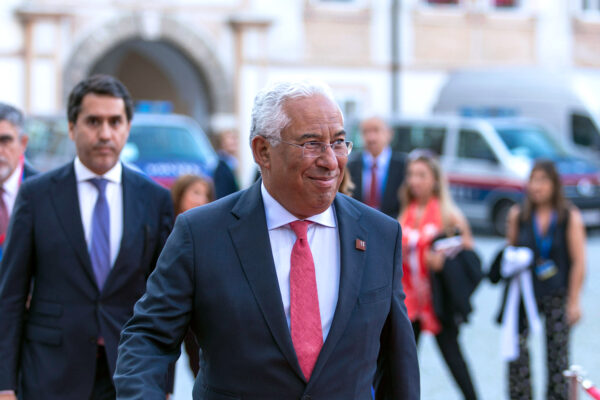
Portugal’s António Costa is almost certain to win reelection on Sunday. Polls give his Socialist Party in the range of 37 percent support against 26-28 percent for the center-right Social Democrats.
Costa won’t have enough for an absolute majority, but he is expected to continue to govern with the support of the far left.
Economic record
Costa has not reversed the reforms of his predecessor, Pedro Passos Coelho, who liberalized the labor market and rationalized the pension system. Costa did raise pensions as well as the minimum wage, putting more money in pockets of the Portuguese.
The economy has been growing at an annual rate of 2 percent since 2016, Costa’s first full year in power. Tourism is booming. Lisbon, where Costa was mayor before he became prime minister, is becoming a European tech hub.
Portugal is still staggering under a debt worth 121 percent of GDP, but borrowing costs are down; a mark of investor confidence.
Costa’s finance minister, Mário Centeno, inherited a deficit of 4.4 percent of GDP, which he gradually reduced to .2 percent this year. In a sign of other European countries’ faith in this government, Centeno was elected head of the Eurogroup in 2018, succeeding the Netherlands’ Jeroen Dijsselbloem.
Challenges ahead
Fiscal consolidation has led to an underinvestment in the economy, argues Ferdinando Giugliano at Bloomberg Opinion. Indeed, Costa has promised that he will spent €10 billion more on railways, roads, schools and hospitals in his next term.
The pension system is now on a more stable footing, but Giugliano cautions that the cost has been shifted onto younger generations.
Costa’s government has not reversed liberalizations, but it hasn’t doubled down on them either. Giugliano argues that sectors like transportation and the legal profession could be opened further to competition. Workers on permanent contracts still enjoy more social protections than those on temporary contracts. Productivity growth has been sluggish.
Contraption
You might think an alliance with Communists, Greens and other lefties would damage Costa’s credibility, but voters seem to trust him — and Centeno — to keep the far left in check.
The four-party pact, dubbed a “contraption” by its critics, has also proved to be more stable than the right predicted.
Unlike in a confidence-and-supply arrangement, the three junior parties have been intimately involved in drafting annual budgets and key policies. But unlike in a formal coalition, they do not sit in the cabinet.
Eunice Goes writes for Social Europe that the reason the left-wing quasi-coalition has been so successful is that it allowed the far left to claim credit for popular policies, like a higher minimum wage and free textbooks in schools, while criticizing unpopular decisions, such as the Socialists’ refusal to raise salaries in the public sector.
What’s next?
The test will be how much Costa needs to give the other parties to keep them on board.
€10 billion is not enough for them. They want more money for health care, infrastructure and schools, even if that means raising the deficit. They support doctors, nurses and teachers in their demand for higher salaries. And they would overturn the labor reforms of the last government, which made it easier to fire workers, narrowed the gap between permanent and temporary contracts, shortened the duration of (albeit more generous) unemployment benefits and weakened collective bargaining rights.
That should be a red line for Costa, as it is for investors and businessowners.
